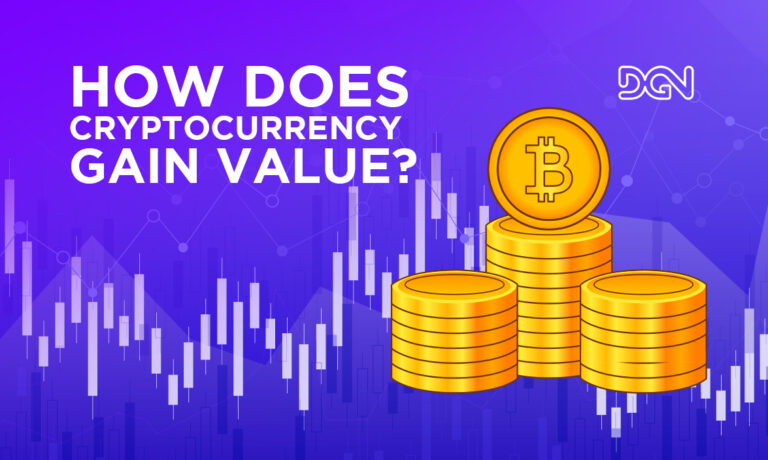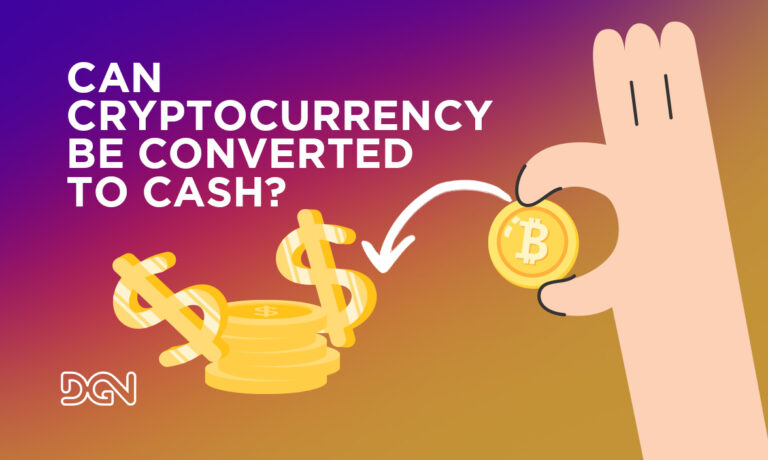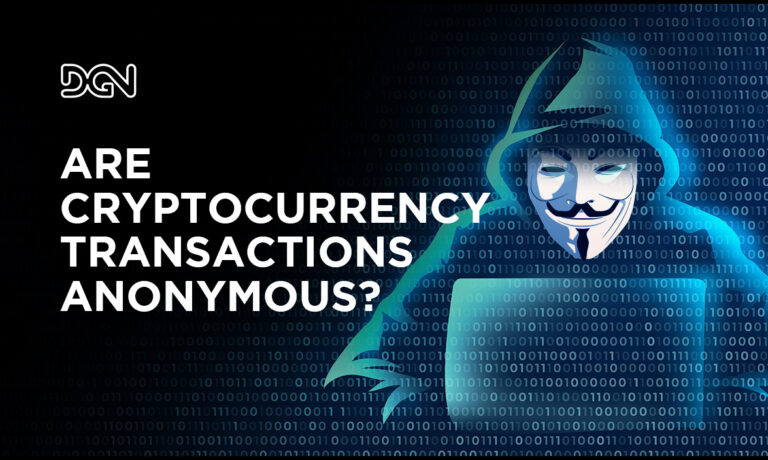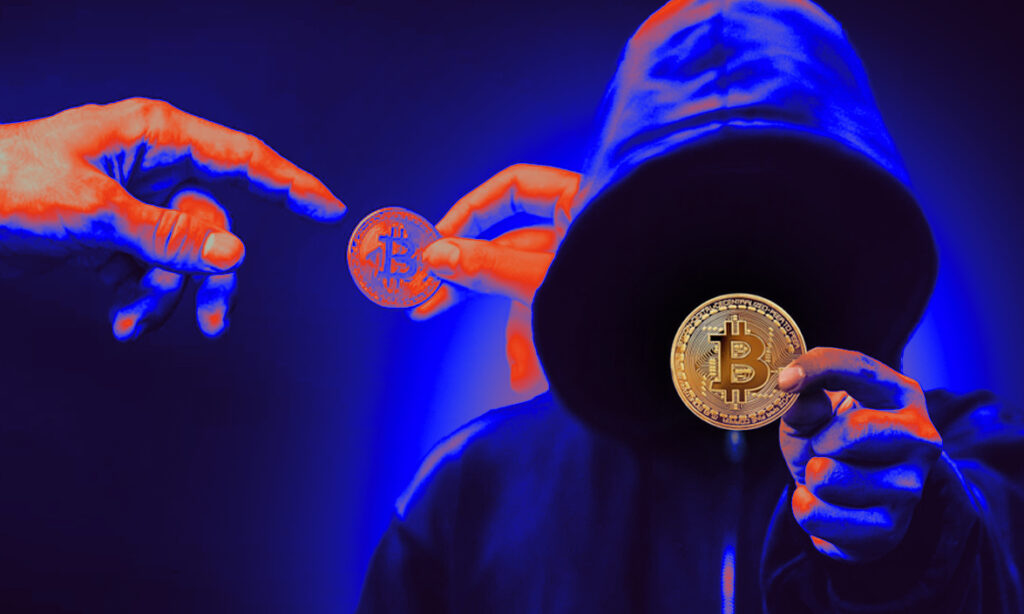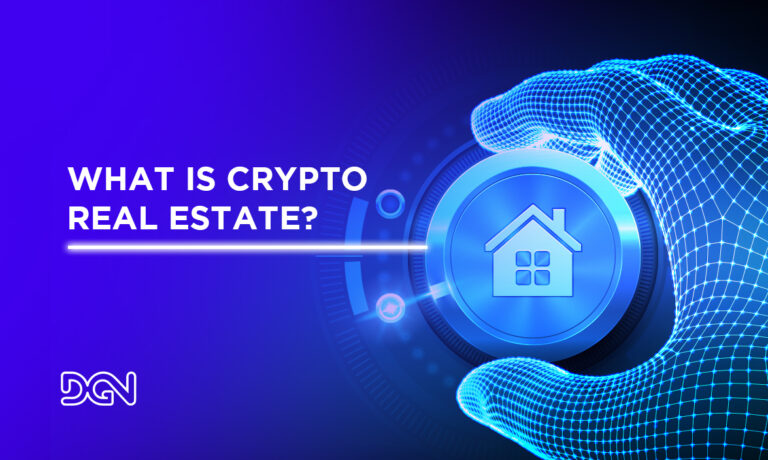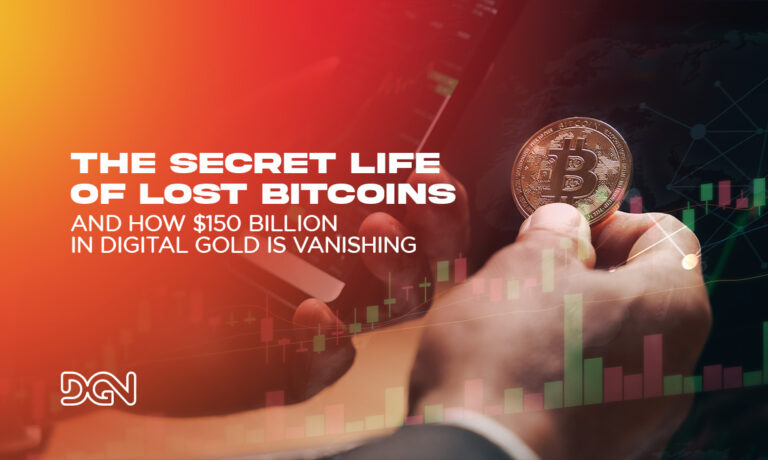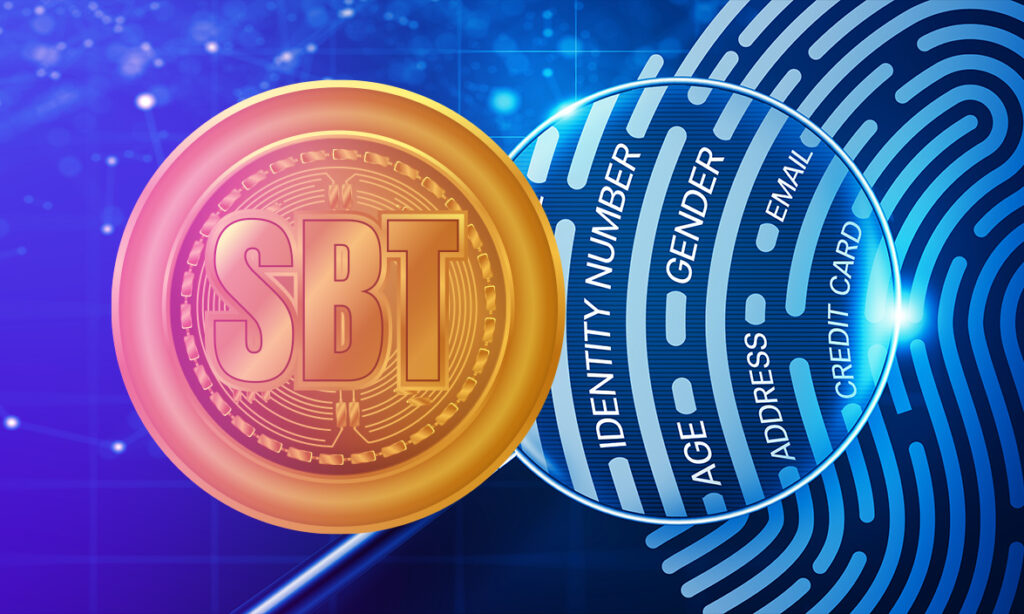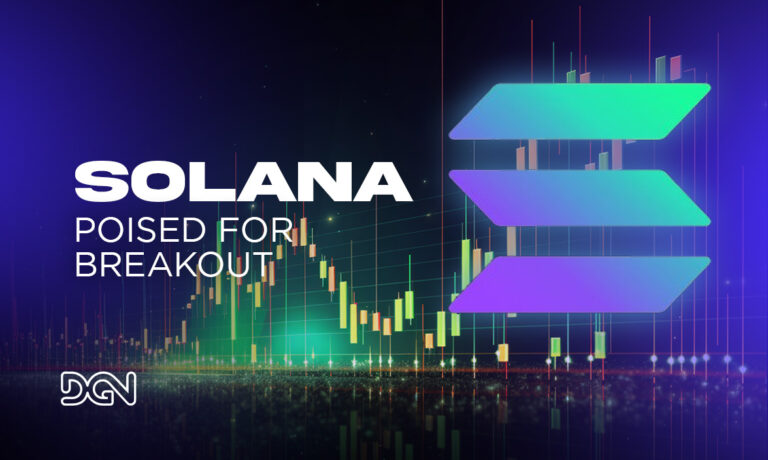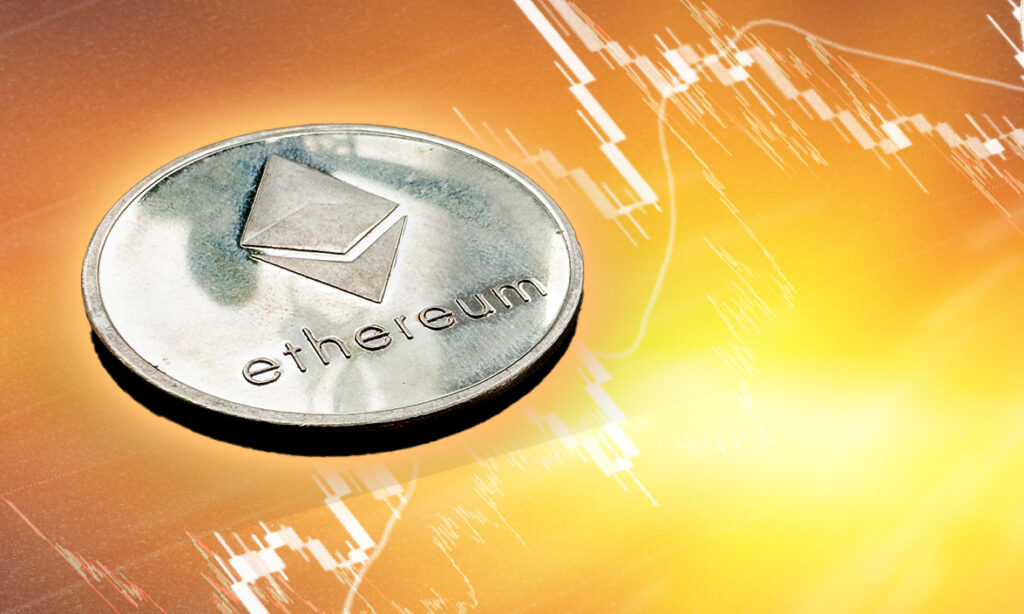Cryptocurrency is a term that sparks curiosity and confusion in equal measure. Whether you’re a crypto enthusiast or a newcomer, one question always arises: How does cryptocurrency gain value? This can seem mysterious at first, but like traditional assets, crypto value is influenced by several key factors.
1. Supply and Demand: The Basic Economics
At its core, the value of cryptocurrency—just like any asset—is determined by supply and demand. When more people want to buy a particular cryptocurrency, its price increases. On the other hand, if more people want to sell than buy, the value drops.
Supply: How Much is Available?
Some cryptocurrencies have a limited supply, while others can continue to be created. For instance, Bitcoin has a hard cap of 21 million coins, making it scarce—like gold. Scarcity drives value, meaning if more people believe in Bitcoin and its future, demand will rise, and so will its price. On the contrary, cryptocurrencies with unlimited or continuously expanding supply can experience slower growth in value if supply exceeds demand.
Demand: Why Do People Want It?
Demand comes from users, investors, and traders who find value in the crypto’s use case or potential for returns. Factors like mainstream adoption, positive news coverage, and improvements in the underlying technology (blockchain) can spur demand, pushing prices upward.
2. Utility: Real-World Use Cases Matter
The value of a cryptocurrency isn’t just speculative; it also depends on its utility—the real-world applications and functions it provides. Cryptocurrencies with strong use cases tend to have higher demand and, thus, greater value.
Ethereum’s Smart Contracts
Take Ethereum for example. Its value isn’t just based on people buying and holding it. Ethereum is the platform of choice for smart contracts and decentralized applications (dApps). Developers need Ethereum to build on the network, creating a consistent demand that supports its price.
Ripple (XRP) for Payments
Similarly, Ripple (XRP) is designed to facilitate cross-border payments quickly and cost-effectively. Its utility in speeding up international transactions has driven institutional interest, making it a popular cryptocurrency for financial institutions.
In short, the more a cryptocurrency solves a real-world problem or introduces innovation, the more valuable it becomes.
3. Market Sentiment: Perception is Powerful
Cryptocurrency prices are highly influenced by market sentiment—how the public perceives the future of a given cryptocurrency or the market in general. Positive news, major company investments, or even influential figures talking up a certain coin can cause prices to skyrocket.
Bitcoin Halving Events
For instance, when Bitcoin halving occurs (an event where the rewards for mining new Bitcoin are cut in half), it’s seen as bullish news because the reduced supply can lead to a price surge if demand stays the same or increases. In the past, Bitcoin has seen significant price rallies following halving events simply due to the hype and investor sentiment surrounding it.
Media and Social Influence
The media plays a huge role in shaping market sentiment. Even tweets from influencers like Elon Musk have sent cryptocurrencies like Dogecoin on a roller-coaster ride. This is why it’s essential to understand that the crypto market is highly emotional and reactive to external factors, which can cause both upward and downward price swings.
4. Adoption and Integration: More Use Means More Value
When more companies, platforms, or services accept a cryptocurrency as a payment method or integrate it into their systems, its value tends to increase. This process is called mainstream adoption.
Tesla and Bitcoin
A good example of this was when Tesla announced that they would accept Bitcoin as a form of payment (even though they later reversed that decision). The mere possibility of using Bitcoin to buy something as tangible as a car led to a surge in its price.
Global Payment Systems
Another example is PayPal allowing users to buy, hold, and sell cryptocurrencies on its platform. This kind of integration makes it easier for people to use cryptocurrency, thus increasing its value by expanding its utility and encouraging adoption.
5. Regulations: Rules Can Push or Pull Prices
Governments and regulatory bodies around the world are still deciding how to handle cryptocurrency. Positive regulations that legitimize and support the crypto industry can lead to price increases, while restrictive regulations can have the opposite effect.
Legal Acceptance
Countries like El Salvador have embraced Bitcoin as legal tender, which increases trust in the cryptocurrency market. When countries or institutions start embracing cryptocurrencies, more investors are likely to come on board, raising demand and value.
Regulatory Crackdowns
On the other hand, countries like China have cracked down on Bitcoin mining and cryptocurrency trading, which led to temporary drops in Bitcoin’s price. The uncertainty surrounding future regulations always has a major impact on the value of cryptocurrencies.
6. Mining and Production Costs: The Backbone of Value
Another important factor is the cost of mining or producing the cryptocurrency. Mining refers to the computational process of verifying transactions and adding them to the blockchain. Some cryptocurrencies, especially Bitcoin, require substantial resources—electricity, hardware, and time—to be mined.
Bitcoin’s Mining Costs
As the number of available Bitcoins decreases (due to its fixed supply), the cost of mining each additional Bitcoin rises. When mining becomes more expensive, the price of Bitcoin tends to rise because the higher production costs make it less profitable for miners to sell their coins at lower prices.
Environmental Concerns
Concerns around the environmental impact of energy-intensive mining operations also come into play. When Bitcoin miners need to invest heavily in energy costs, these factors can push prices up.
7. Technological Innovations: Upgrades Drive Value
Cryptocurrency is still an emerging field, so technological upgrades can have a huge impact on a coin’s value. Whether it’s an upgrade to the underlying blockchain network or new features that make the cryptocurrency more useful, technological innovation can create value.
Ethereum 2.0
One example is Ethereum’s transition to Ethereum 2.0, which introduces a shift from proof-of-work to proof-of-stakeconsensus, improving transaction speeds and reducing energy consumption. This kind of innovation makes Ethereum more attractive to both users and investors, driving its value higher.
8. Scarcity and Inflation: Less Means More

Many cryptocurrencies have built-in mechanisms to control supply, which helps create scarcity and maintain value over time.
Bitcoin’s Hard Cap
With Bitcoin’s hard limit of 21 million coins, its scarcity is a major factor that supports its value. As more people buy Bitcoin and fewer coins are available, the price naturally rises.
Inflation Control
Some cryptocurrencies, like Binance Coin (BNB), perform periodic coin burns (destroying a certain amount of coins in circulation), which reduces the supply and increases the value for holders.
Multiple Factors Driving Crypto Value
As you can see, cryptocurrency gains value through a variety of interconnected factors. From basic supply and demand to technological advancements and market sentiment, there’s no one single reason why a cryptocurrency becomes valuable. Understanding these factors can help you make better investment decisions and navigate the ever-changing crypto market.
Cryptocurrency is an exciting space with potential for growth, but like any investment, it’s important to be aware of the risks and rewards. Keep learning, stay informed, and always consider the big picture when thinking about how cryptocurrency gains value.
